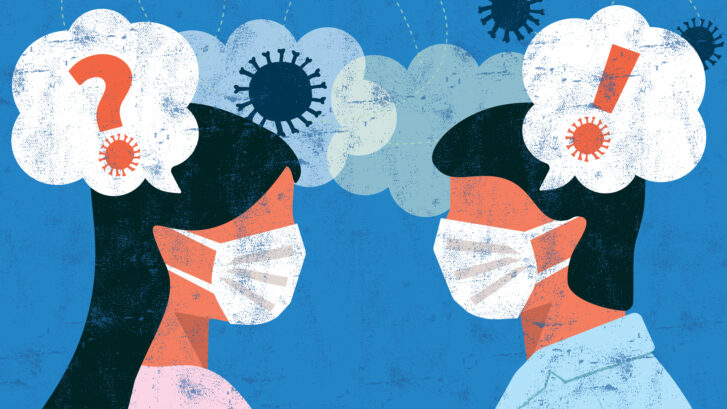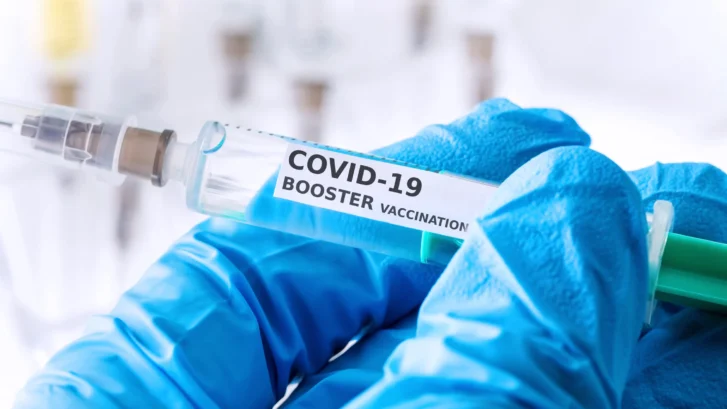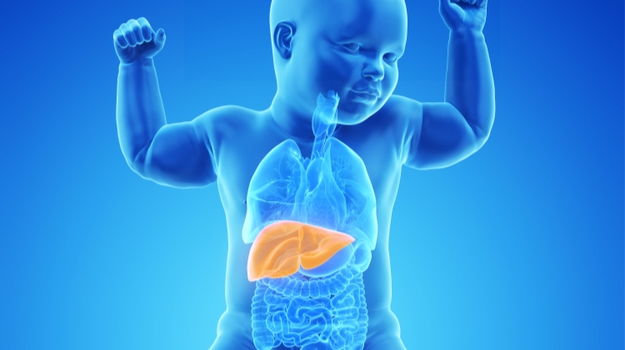They’re called “forever chemicals” because they don’t break down fully in the environment, and this summer the Environmental Protection Agency (EPA) warned that they are more dangerous to human health than regulators knew.
Within weeks, the National Academies of Sciences, Engineering, and Medicine (NAS) weighed in with its own 300-page report on these chemicals, known as perfluoroalkyl and poly-fluoroalkyl (PFAS) substances, urging doctors to test high-risk patients for PFAS contamination.
Because of the heightened attention on these chemicals, our primary care concierge doctors in Jupiter want to summarize for you what we’ve learned about them, and offer tips on how to reduce your exposure.
The Problems with PFAS
In 1946, DuPont introduced its revolutionary non-stick product, Teflon. By 1950, studies by DuPont and 3M showed that PFAS could build up in the blood, but chose to keep these results secret, according to the non-profit Environmental Working Group (EWG).
Since 1998, when a class-action lawsuit against a West Virginia DuPont factory revealed the extent of the pollution from the factory, researchers have found probable links to such diseases as:
- thyroid disease
- high blood pressure
- kidney cancer
- testicular cancer
- breast cancer
- higher cholesterol levels
- ulcerative colitis
- weakened immune system
- vaccine interference
- weight gain
- changes in liver enzymes
- decreased fertility
- growth and learning delays in infants and children
The NAS report encourages doctors to conduct blood tests for these chemicals on patients who are worried about exposure or who are at high risk for exposure or who are in “vulnerable life stages”: during pregnancy, early childhood, and old age.
They’re Everywhere
As we’ve seen with microplastics, PFAS can begin innocently enough and end up in unexpected places, including our water.
Recently, for example, Consumer Reports (CR) tested more than 100 food-packaging products from U.S. restaurants and supermarkets. They found dangerous PFAS chemicals in many of the products, including paper bags for french fries, hamburger wrappers, pizza boxes, molded fiber salad bowls, and single-use paper plates.
These chemicals are used in a wide variety of products, including waterproof and sweatproof makeup, nonstick cookware, cellphones, waterproof clothing, carpets, and—especially—fast-food containers, where their ability to make products grease-proof has led to their widespread use.
They are also used to make products water-repellent and resistant to high temperatures, as well as in fire-fighting foams used at military installations, floor wax, upholstery, and clothing. The qualities that make items containing PFAS so desirable, however, also make them long-lasting in the environment.
Lingering Threat
“These chemicals are ubiquitous in the American environment,” Ned Calonge, an associate professor of epidemiology at the Colorado School of Public Health and chair of the NAS committee that wrote the report, told CNN.
“More than 2,800 communities in the U.S., including all 50 states and two territories, have documented PFAS contamination,” he said.
Researchers have even detected them in the snows of Mt. Everest, apparently shed from climbers’ waterproof tents and parkas.
“You are not just exposed in one place or one source,” toxicologist Linda Birnbaum, former director of the National Institute of Environmental Health Sciences and the National Toxicology Program, told The Washington Post. “They are everywhere.”
The problem is that these chemicals build up (or “bioaccumulate”) in the body over time.
And according to the Centers for Disease Control and Prevention (CDC), which has been conducting studies of the U.S. population, PFAS has been found in the blood of nearly all people they’ve tested. Since the risk appears to rise with the amount of exposure, it’s important to try to limit the amount we come in contact with.
What You Can Do
Because PFAS chemicals are found in so many consumer products, they’re next to impossible to avoid. But there are ways to reduce the amount you’re exposed to.
“The most dangerous way that people are exposed to PFAS is through drinking water,” says Don Huber, director of product safety at CR.
That’s why the NAS report recommended filtering tap water as a major step consumers could take to protect themselves.
“The water filters that are most effective for PFAS are reverse osmosis filters,” David Andrews, a senior scientist for the EWG, told CNN, adding that some carbon-based filters can also reduce some levels.
“The important part is that you have to keep changing those filters,” he said. “If you don’t change that filter, and it becomes saturated, the levels of PFAS in the filtered water can actually be above levels in the tap water.”
The NAS committee also offered these tips:
- Stay away from stain-resistant carpets and upholstery, and don’t use waterproofing sprays.
- Look for the ingredient PTFE or other “floro” ingredients on product labels.
- Avoid nonstick cookware. Instead, use cast-iron, stainless steel, glass, or enamel products.
- Boycott takeout containers and other food packaging. Instead, cook at home and eat more fresh foods.
- Don’t eat microwave popcorn or greasy foods wrapped in paper.
- Choose uncoated nylon or silk dental floss or one that is coated in natural wax.









